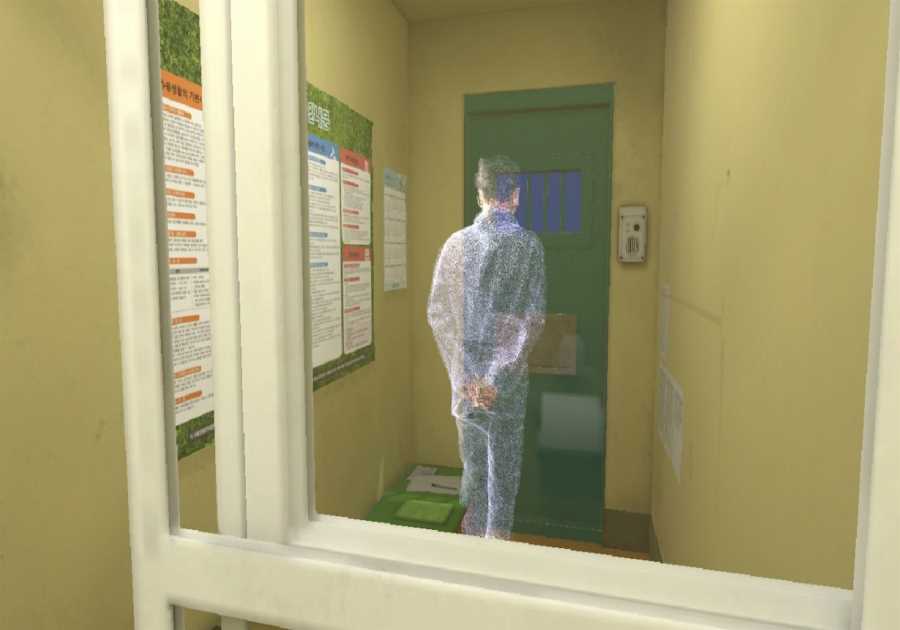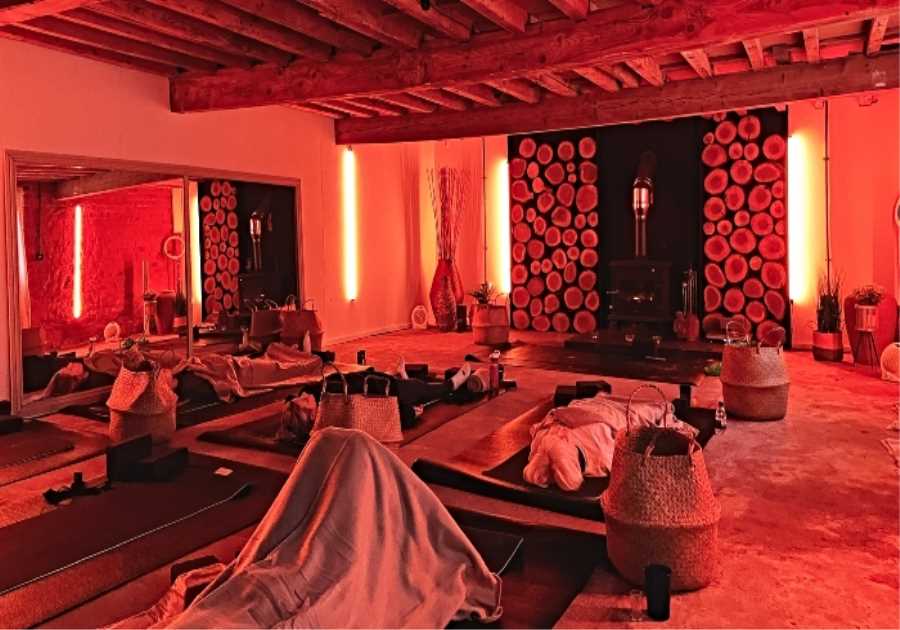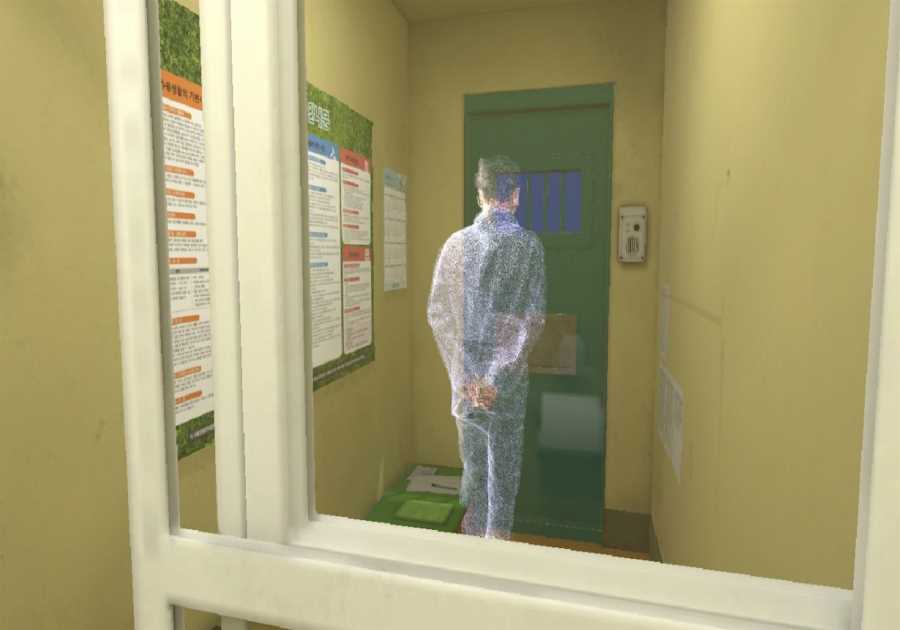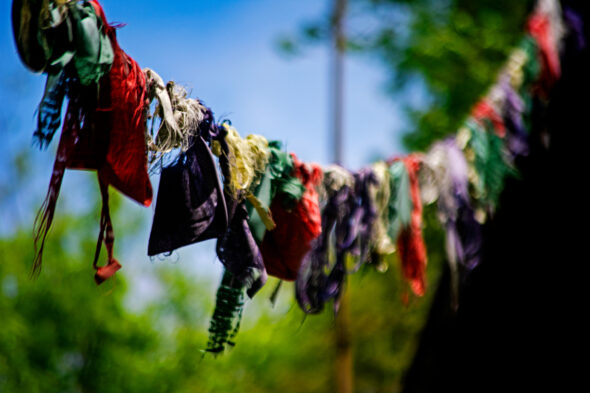
Om Mani Padme Hum.
In this little village of progressive politics and experimental thinking in the middle of Ohio, it would make sense for a religious group to take root as an alternative to mainstream Christianity and the other Abrahamic religions. This is what the Dharma Center is about here – enabling people to honor the teachings of Siddhartha Gautama, the Buddha (Awakened One) and to follow the Eightfold Path and Middle Way to achieve a better life through careful study and meditation practice Insight into the teachings of the Buddha, the Dharma.
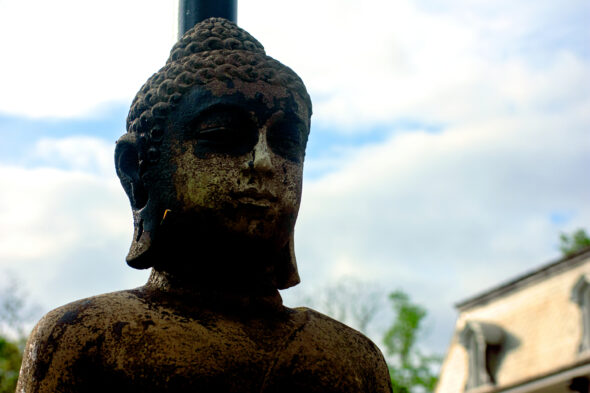
It doesn’t seem obvious that anyone in the Midwest, a strongly Christian area (in a strongly Christian country), would be interested in this seemingly exotic religion and its practices, but the Dharma Center has been in town for decades and has moved over the years many villagers and practitioners in its humble location between the library and Antioch College on Livermore Street. You can find practitioners who take care of the plants that surround the center when they are not meditating, and the center welcomes people from all walks of life to participate in their weekly meditation practices. It is the first Buddhist center in the Midwest, and the centers in Dayton and Columbus etc. were established because of the center here.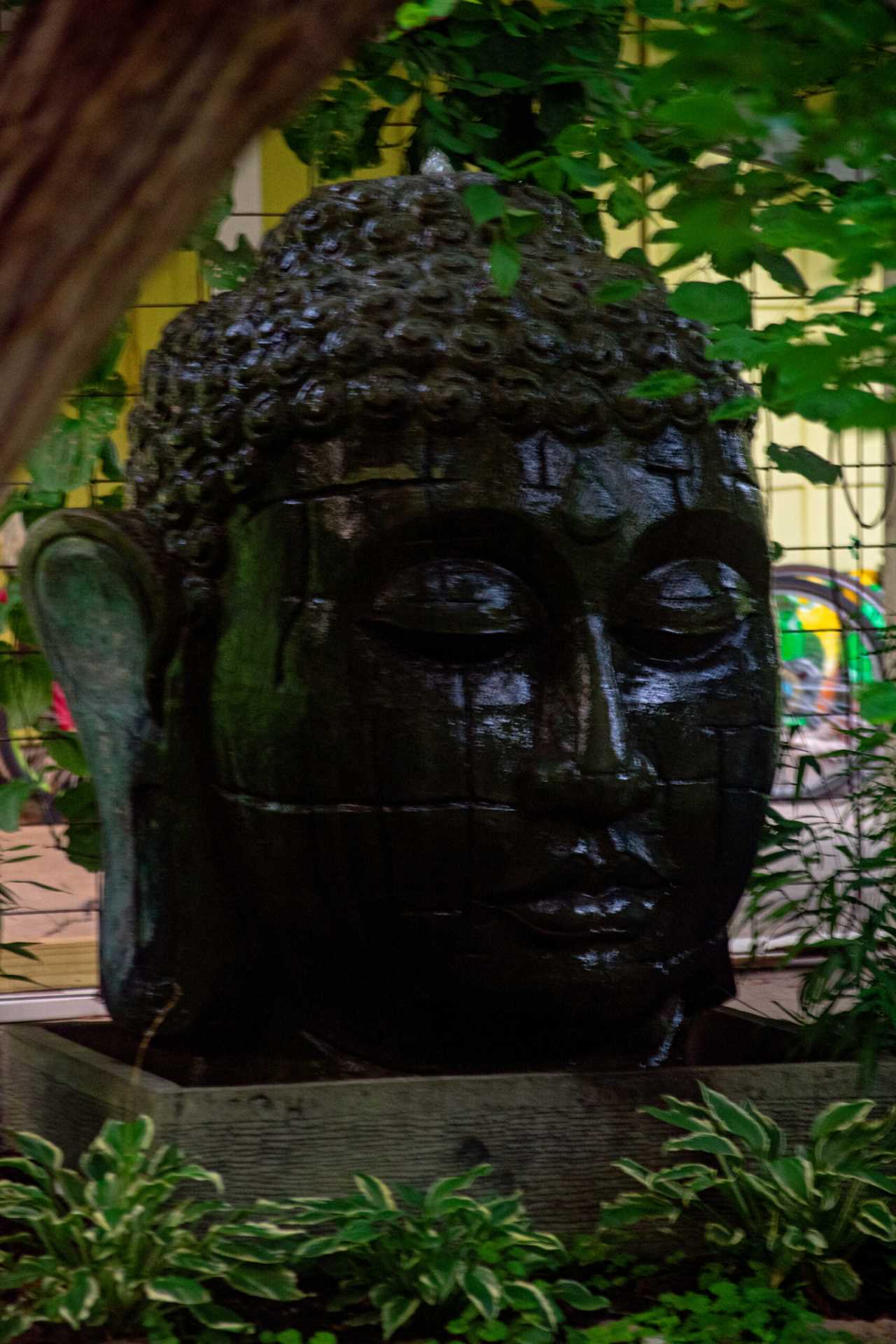
Siddhartha Gautama, the Buddha (the awakened), did not begin so wisely, although he reached his last nirvana and achieved complete enlightenment. He was born in 566 BC. Was born in southern Nepal in great luxury and opulence and was accordingly pampered and guarded much about the world in which we live and our place in it. He witnessed the truth about old age, sickness and death, and these three things made him want to find an enlightened way to deal with these harsh truths.
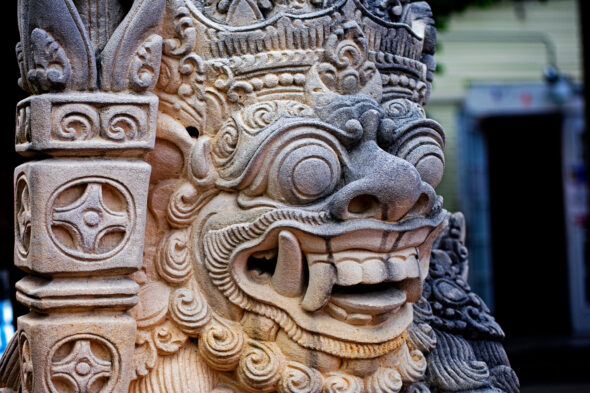
At its core, Buddhism is about the teachings of Siddhartha – the Dharma and is a synthesis of his experiences and teachings. In Buddhism there is no god or a higher power. The highest “power” one would consider would be Buddha himself, who, although not considered a god, is revered as an extraordinarily enlightened being and comes as close as possible to a supernatural deity without actually being one. The other main principles of religion are the Four Noble Truths, The Eightfold Path, and the Middle Way. His disciples passed on his knowledge and wisdom to the rest of us after his death and this became Buddhism. The religion originated in India but is now mainly found in East Asia for various reasons.
The Dharma teaches that the most important virtues in life are wisdom, kindness, compassion, generosity, and patience. There are five moral rules that Buddhists must obey – no killing, stealing, sexual misconduct, lying, or the use of intoxicating substances. The Four Noble Truths are: 1. Life is suffering, 2. The cause of suffering is desire, 3. There is an antidote to this suffering, 4. The antidote to suffering is the Middle Way. The middle way is the spiritual way between the extremes of poverty and asceticism and opulence and excess that Siddhartha discovered on his journey. In either extreme, inner peace and nirvana cannot be attained, so one must strive for a balance between indulging the senses (and wallet) and depriving the joys of life. Then you will find peace.
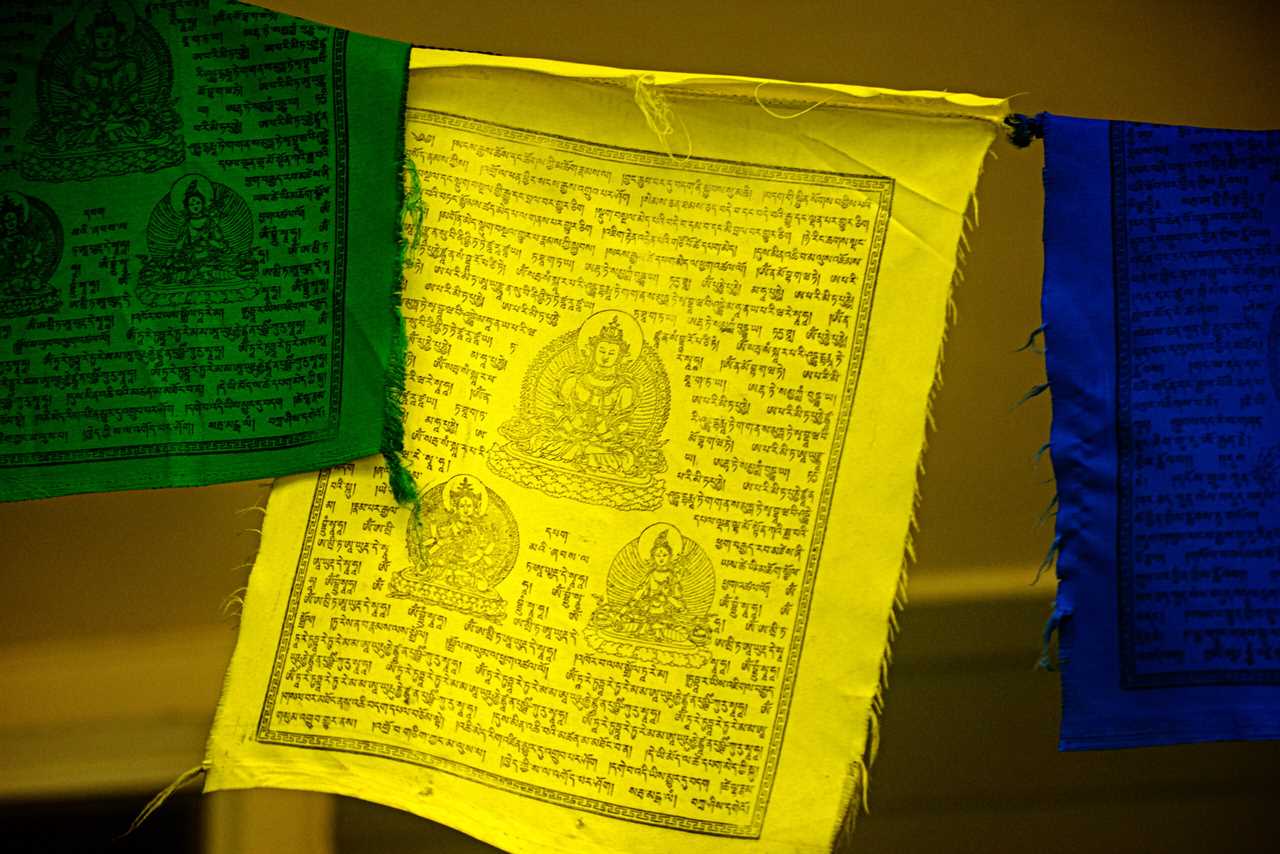
The eightfold path is another core element of Buddhism. The purpose of the eight principles is to achieve appropriate ethical behavior, mental discipline, and wisdom. They are 1. Correct understanding 2. Correct thinking 3. Correct speech 4. Correct action 5. Correct livelihood 6. Correct exertion 7. Correct mindfulness 8. Correct concentration. Together, these principles will lead you to a better and more ethical way of life. It seems to remember a lot, and maybe it is. But life is chaotic and confusing and someone somewhere has to take the right steps to achieve peace and harmony in this world. Perhaps that is why Siddhartha is seen by some as one of the greatest teachers of all time.
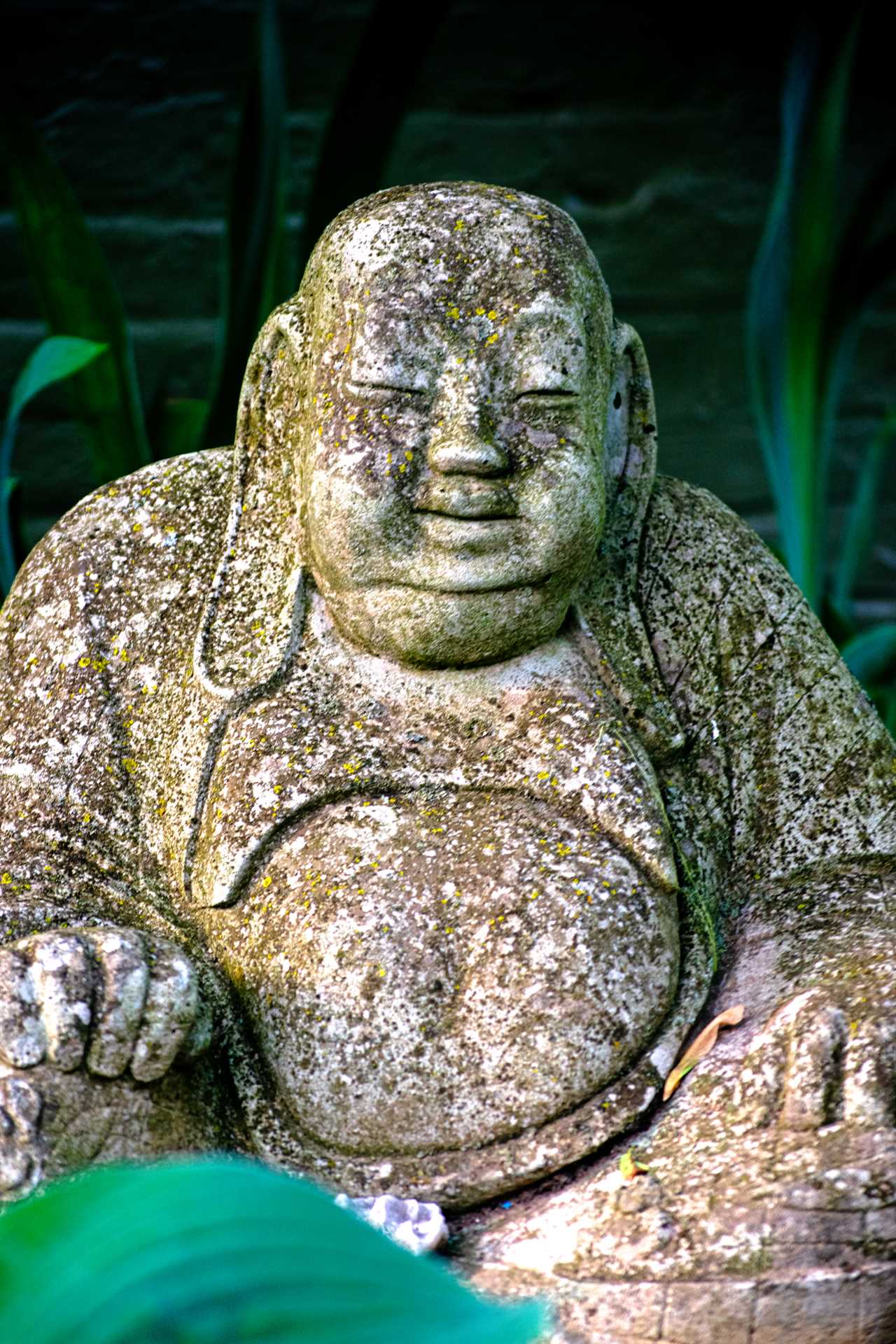
These teachings can be found as written scriptures in the Pali canon, although the canon belongs primarily to the Theravada school of Buddhism. The Mahayana school accepts the sutras as scriptures relating to the Mahayana branch. These are the main branches of Buddhism – Mahayana and Theravada. There are also separate meditation practices. The Dharma center practices three different types of meditation – Zen, Vipassana and Vajrayana. It is one of the few centers of its size that practices three different types of meditation techniques. According to Robert, every school and branch is different and unique, so there is a lot to learn if you want to familiarize yourself with all of them.
Buddhism also includes other beliefs and concepts such as karma and reincarnation. Karma is inextricably linked to the concept of samsara, the endless cycle of suffering created by grasping and craving as identified in the Four Noble Truths. The less you long for yourself and the more you relax, love, and do good deeds to free yourself from suffering, the more positive karma you will accumulate. Reincarnation is the concept of returning to another life after dying in this one. Not quite the same as Heaven, but close. Another way to get rid of an endless cycle of suffering.
The Dharma Center in Yellow Springs isn’t a centuries-old institution, but its history is linked to the groovy era of the 60s and 70s when America’s counterculture was on fire. Many teenagers and adults traveled far and wide to escape the monotony of the American mainstream after World War II. For many, an escape was spiritual; but not, as I said, through conventional religious practices such as Christianity.
Dianeah Wanicek, Robert Pryor and Donna Denman founded the current center in 1993 together with some students from Antioch. Before that, people in the city met regularly to meditate, but the center was the first attempt to centralize the Buddhists’ meditations and exercises in the city. The students also traveled abroad to India to practice meditation before returning to the sources. The center is now officially owned and is a 501 (c) (3) organization. Meditation experts come from all over the world to teach at the center, from California to Nepal. Once the Dalai Lama’s brother even came to visit with Mahatma Gandhi’s grandson. According to Diana, they made a generous donation. The center also hosts regular meditation retreats when it doesn’t 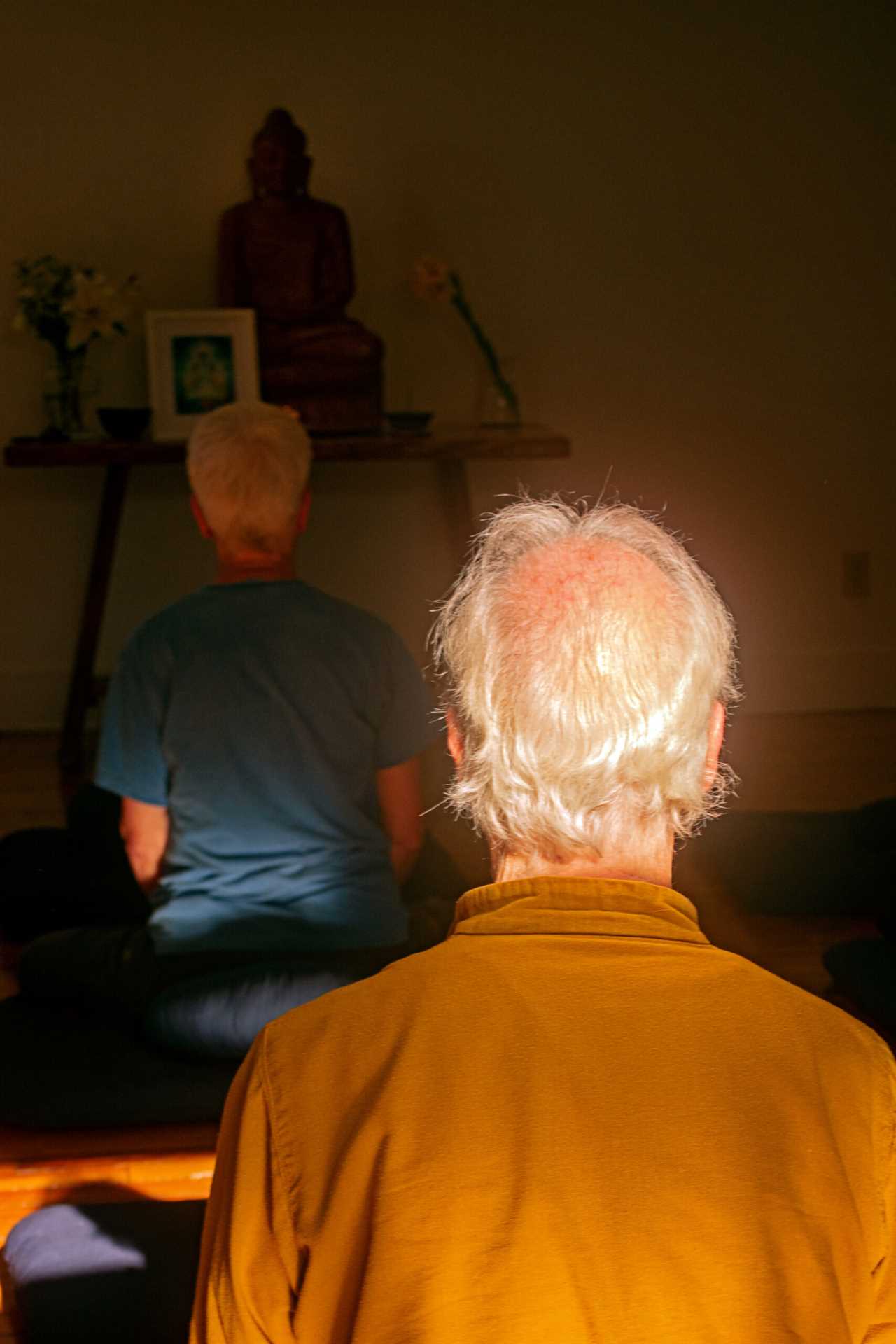
practice here in town.
The appeal of Buddhism to most non-practitioners, according to Robert, is the meditative practices he teaches, even more than the spiritual elements. In fact, there are a number of psychologists who have incorporated Buddhist meditation into modern clinical practices in order to develop a modern “mindful” approach to combating stress and mental illness. It seems that Buddhism is compatible with science, and the Dalai Lama himself is fascinated by science and what it can do for us. There are many neuroscientists currently trying to understand the science behind meditation and its benefits. The essence of the Buddha’s teachings, according to Diana, is to learn how to tame your mind so as not to be a danger to yourself or others. Perhaps that is why psychologists are interested in its secrets.
Robert and MJ Sentile, another member of the center, have Christian roots, Presbyterian and Catholic respectively. MJ said her journey to Buddhism was a way out of suffering, which is exactly what the Dharma is about, so she followed the Buddhist teachings that led her to the Dharma Center. She feels at peace there and says that she has not betrayed her Catholic roots at all.
Buddhism is also an interesting alternative for people who have been disenfranchised by mainstream American society and religions such as Christianity. Buddhism is not at odds with Christianity or its enemy. There is nothing anti-Christian about the Dharma. The teachings of Jesus and Buddha are very comparable and focus on similar enlightening principles and practices. Many Buddhists are very kind to other ways of life and do their best to accommodate people of other faiths. However, there seem to be many young and liberal people who are not satisfied with the status quo and who are looking for a different path for themselves.
Robert and the others at the center found that they felt very safe here and not felt persecuted, intimidated or disenfranchised. And with the abundance of statues and flags, Buddhism seems to fit in well here. This is quite ironic considering that Buddhists and the current Dalai Lama have been severely persecuted elsewhere, such as China, for years. If the Dalai Lama is supposed to give a lecture or lecture almost anywhere in the world, the Chinese authorities are actively trying to shut him down. Maybe Yellow Springs would be a good place for him to visit?
Outside of the Dharma center, there are also people in the city who keep up with the Dharma. People, even if they do not consider themselves strict Buddhist practitioners, see the prayer flags as having a “peaceful” effect on their psyche and applaud their fluttering presence in their lives and front yards. According to Robert, the prayers on the flags are freed from the wind and shared by all beings.
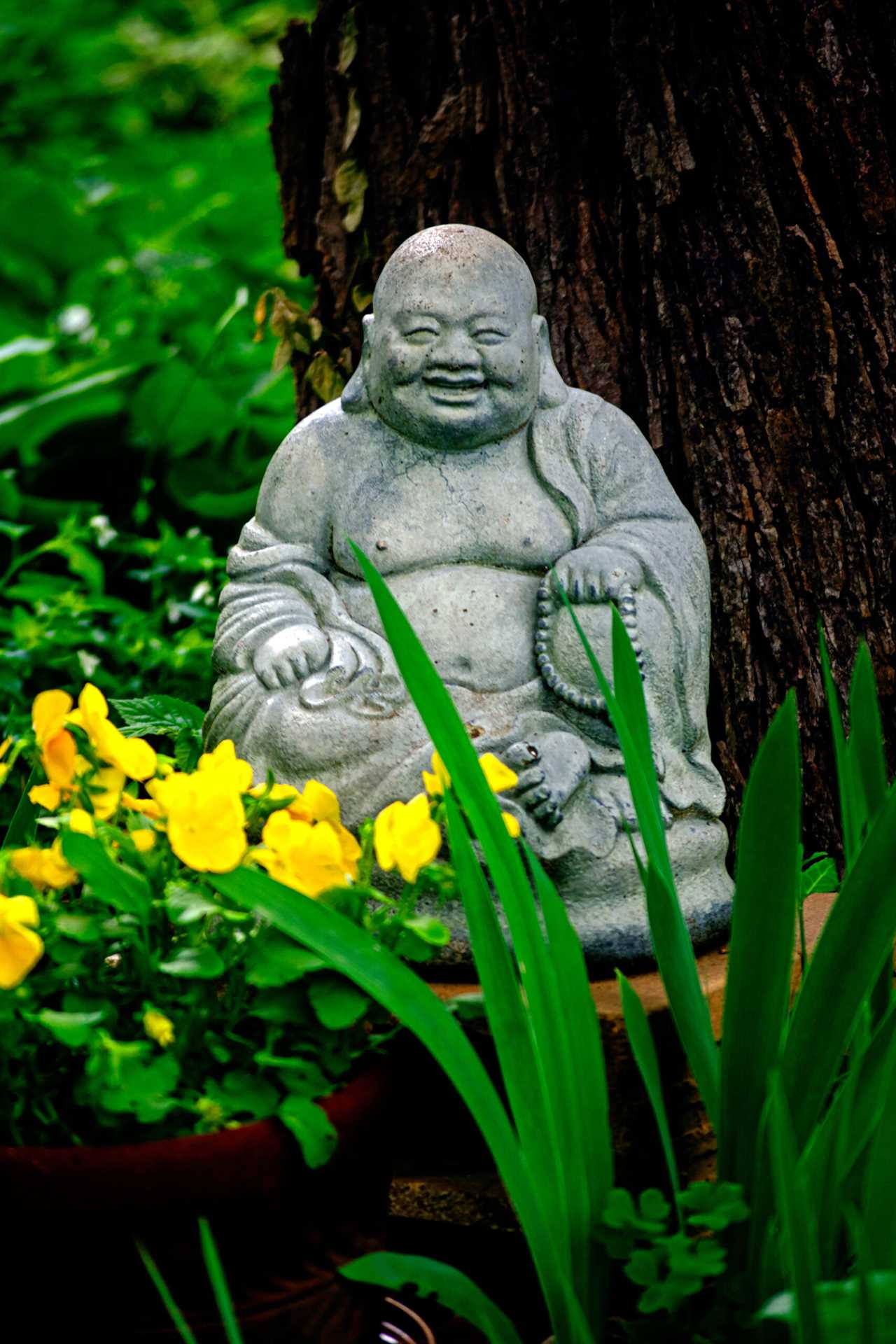
Another Buddhist in town, Pat Murphy, says Buddhism helped him be more positive and empathic. He prefers the psychological aspects of meditation to deal with issues of life and death rather than heaven and hell. He has been practicing for a long time since he lived in California and attended Spirit Rock, California for instruction and guidance in meditation. He lived across from the Dharma Center and attended the sessions regularly before moving to the Vale. He still practices meditation regularly, and his meditations have helped him manage the stress of cancer and chemotherapy in old age. He says the internet is probably the best way to get information about Buddhism if one is interested.
The counterculture of American society is still fresh in the Springs, so it would make sense that many people are still looking for alternative spiritual avenues for enlightenment and answers. I have studied religion for a while and tried to master its meditative practices and understand its teachings. I may never fully understand it, and I still don’t consider myself a very religious person, but I do appreciate studying this fascinating religion.
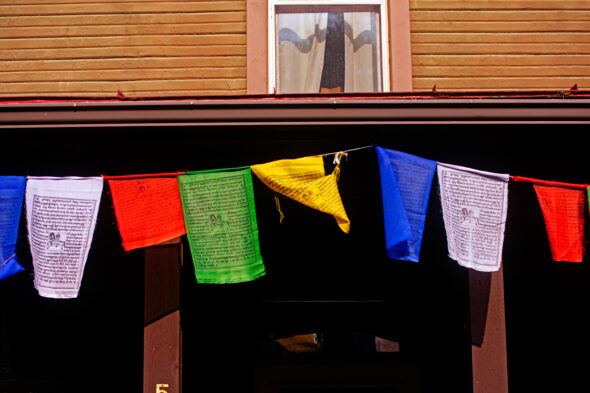
Everyone is welcome to come to the Dharma Center to take part in meditation sessions and learn about Buddhism and Buddhist teachings. Your library is full of material for its size. You are not “converting” to, practicing, or not practicing Buddhism, so you can only get what you put into it. The center has limited seating for meditation so it would be wise to call or email the center beforehand to see if there are still places available for practice. Please also respect the center. There are many opportunities to learn about meditation and Buddhism from the people at the center, if you allow. And you can take this advice with you wherever you go. Stop, wait, and be aware, and new worlds may open up for you.


